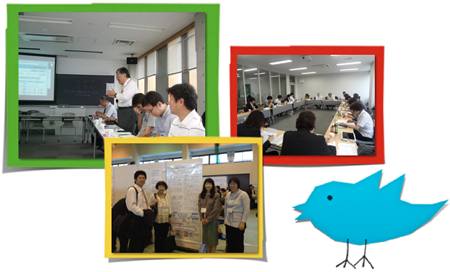Target
Discussions about the implications of child development and child care, its quality and its quantity, on children in middle childhood and adolescence abound, and in recent years several have explored the implications with mixed findings.
Japan is particularly unique in that it has been responsive to the growing needs of working mothers for quality child care during evening and night time hours. High-quality center-based care is essential when parents are employed for long hours that also include evening and night schedules.
This cohort study sought to determine if, after decades, there is a correlation between (1) the quality and quantity of center-based care and children’s social competence and vocabulary/motor/intelligence development, and (2) the childrearing environment provided by parents and children’s development.
Japan is particularly unique in that it has been responsive to the growing needs of working mothers for quality child care during evening and night time hours. High-quality center-based care is essential when parents are employed for long hours that also include evening and night schedules.
This cohort study sought to determine if, after decades, there is a correlation between (1) the quality and quantity of center-based care and children’s social competence and vocabulary/motor/intelligence development, and (2) the childrearing environment provided by parents and children’s development.
Methods
Child Care Cohort(CCC Study)
Beginning in 1998, the CCC Study sought to investigate factors associated with child development and quality of life. All governmentally authorized child-day-care and child-night-care centers across Japan participated in the study. Centers unauthorized by the government were excluded because the quality of care they provide is variable and also because they rarely cooperate with external investigators. All parents of children at the authorized facilities and all the service providers participated in the study. Parents with a child who was a year old were surveyed regarding their home environments, and service providers evaluated the development of each child in the facility. The valid response rate was 71.5% (1,242) for parents as well as for service providers.
Follow up studies were conducted to investigate factors associated with child development and quality of life every year.
Follow up studies were conducted to investigate factors associated with child development and quality of life every year.
Japan Children’s Study (JCS study)
Beginning in 2004, the JCS Study, which was conducted as part of a Japan Science and Technology Agency (JST) cohort study project, were 370 dyads of children and caregivers who were followed and observed/surveyed when the children were at ages four, nine, eighteen, thirty, and forty-two months, and of those, 100 dyads were studied again when the children were five years of age.
Community Empowerment Cohort (CEC study)
Beginning in 1991, the CEC Study sought to investigate factors associated with well-being and healthy longevity, with the goal of creating a health-promoting program that would maximize quantity and quality of life for residents. The field is a typical community in a suburban area of Japan, with a population of almost 5,000. All of the residents were invited to participate, including children and caregivers. Follow up studies were conducted to investigate factors associated with child development and well-being.

